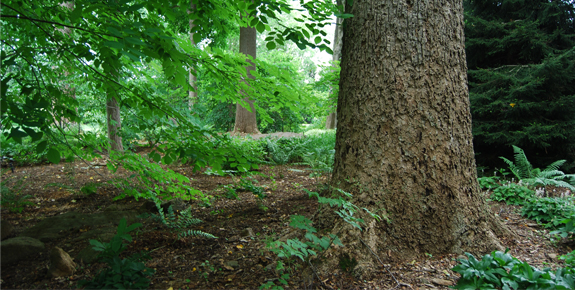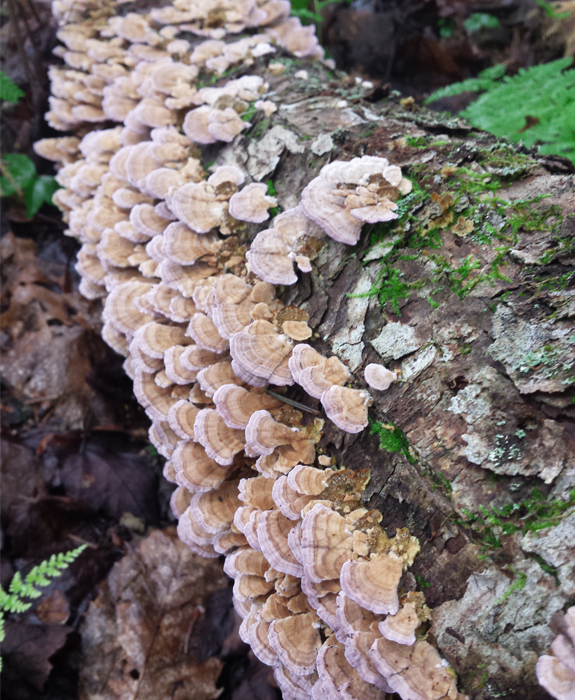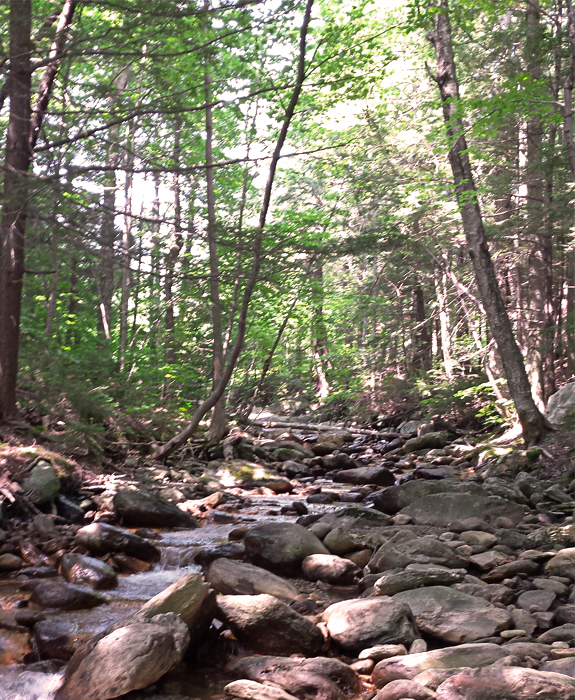Thoughts

The Wood Wide Web
We have known for a while that around 90% of plants have a symbiotic relation with fungi, called mycorrhiza. It is currently being discovered that these fungi create an entire communication network within a forest, the Wood Wide Web. Think of it as internet for plants, but instead of cables they use fungi to communicate and share resources.
Too commonly forests are seen as a collection of individual trees rather than as one giant organism. An undisturbed forest is able to create its own microclimate by increasing humidity, reducing wind, and retaining resources. Canopy trees nourish their offspring in the understory below, helping them survive low light conditions. Different tree species can even share resources! Healthy forests are better able to withstand disease and physical pressures from outside forces, which is very important as we move into a future with a rapidly changing climate.
Our original forests that have remained untouched by logging or farming in the United States are very few. The past several centuries have left less than 1% of our original forests in the east and 5% in the west. Most of these remaining forests are not guaranteed protection from logging or development. Joan Maloof founded the Old-Growth Forest Network to preserve, protect and promote these remaining forests.
We are just beginning to scratch the surface of what plants discuss and do through the Wood Wide Web. Consider connecting with a local forest and see if you can hear what it has to say!


